Black Friday strategy in a world of stock shortages
2021 has been a year of supply shocks, and the ripples continue to disrupt global business, threatening Black Friday sales. How can digital drive a marketing strategy which meets this challenge?
What Is Causing Stock Issues?
The pandemic is the prime, long running cause. A combination of shut downs, massively fluctuating demand, and factories going on and off line across different territories, has decimated long term planning. The result is that stop-start supplies have rippled through the system for 18 months. Once factories and ports are operating, staff shortages and time spent in isolation or away from the workplace adds to the sporadic slowdown.
The Suez canal blockage of March also affected supply chains - ships passing down the canal carry 12% of global trade. The canal was blocked for a week. The knock-on effect for months crystalised how vulnerable global supply lines are to sudden shutdowns and closures.
Supply Line Threats
Supply shocks push up prices through the supply chain in unpredictable ways, as components and materials become unexpectedly scarcer. Deloitte’s CFO Signals report for Q3 reported that 44% of CFOs in the US have seen costs increase by 5% or more this year due to supply problems.
For retailers, unreliable stock also makes it harder to be consistent in offerings, ranges and discounting. This can escalate to impact branding when key products go out of stock, a go-to product is intermittently available, or a hero product suddenly jumps in price.
For Black Friday, these issues are exacerbated. Planning discounts and deals, and timing the messaging, are crucial - but if the best laid plan is disrupted, a competitor can swoop in and capitalise on the demand for discounts which you’ve partly created.
Three key digital strategies
Transparency and accuracy will be key this Black Friday, and making sure you are using live data connected to your ads will be crucial. Below are two key areas to focus on.
1. Availability driving campaigns
Digital can connect live inventory data directly to your ads and campaigns - refreshing your product feed during the day and using it to power campaigns and spend. This can mean pushing in areas with plenty of stock, decreasing visibility in low stock areas, and pausing campaigns which are running low on availability. Automation can run this effectively, at scale, and cut out spend wasted on demand which you can’t meet. These functions have become more urgent than ever with the need to protect margin in an environment of unpredictable supply lines.
2. Delivery messaging
Ad copy also needs to be fully aligned, and automated, to be triggered by changes in your product feed - both product availability, and delivery times. Delivery times also expand and contract more quickly across a large inventory, and a business offering realistic, updated delivery times is more likely to be trusted with an order than a competitor with a flat unchanging 30 day statement, or a product feed showing items as out of stock when in fact they’ve nearly reached the warehouse.
3. Dynamic deals
Deals also need to be flexibly planned so they can be surfaced quickly and easily to potential customers. Deals planned ahead so that they can respond within an agreed margin allows campaigns to exploit shifts in demand as they happen, react to competitors, or protect margin when needed.
To make this process more pain free, Google will this year show special Shopping deal comparison results for searches related to Black Friday from October, and automatically show promotions uploaded to feeds.
Suppy chains and Black Friday demand
Supply chain problems also have macro effects on demand, as higher prices cause inflation and decrease the spending budgets of potential customers. Global food prices have surged by a third this year. Will this dampen Black Friday demand?
So far, the signs are that in the UK, EU and US, food price inflation is offset by scrambled price fluctuations across the average weekly spend, while consumer confidence and desire to spend post-lockdown blues is holding up.
If shortages across a wide range of sectors hit the headlines, consumer demand will respond sharply - drawing it forwards, but also potentially switching it between brands and types of gifts, for example. As with 2020, marketing budgets need to be flexible and able to draw down spend to react to changing, unexpected demand patterns.

